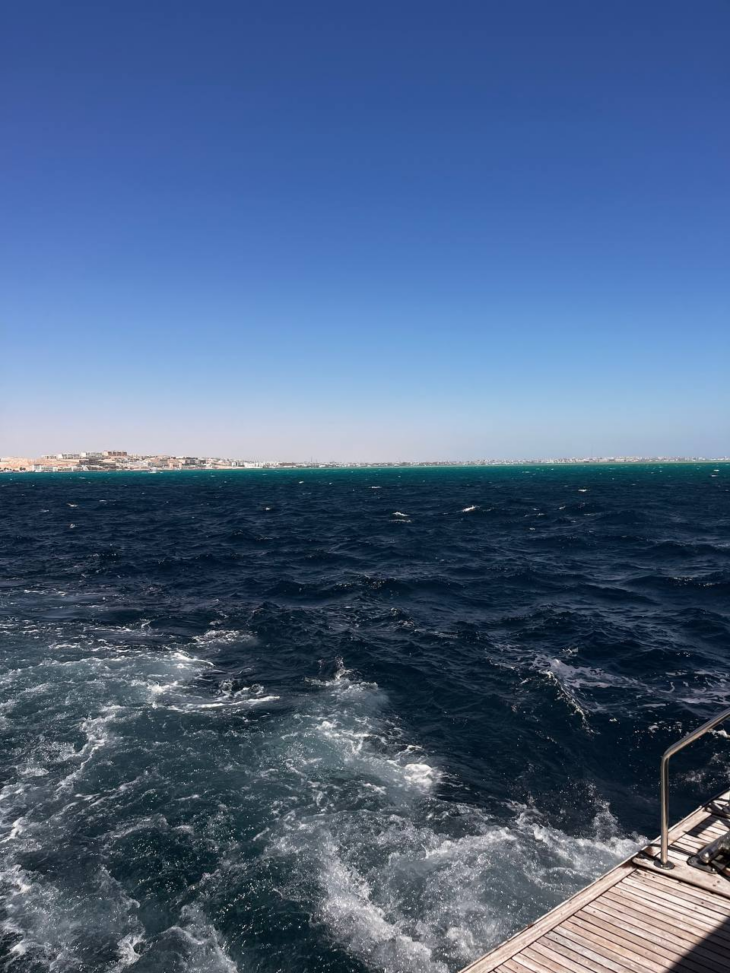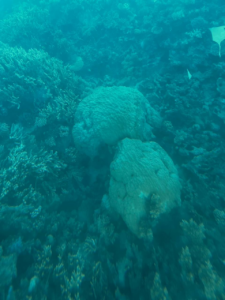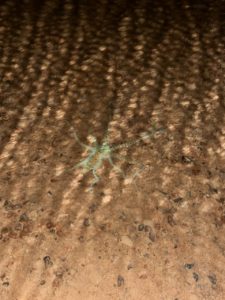
The underwater world of the Red Sea
Vol 27, Issue 02, 20 September 2024
The researchers did not reach a single conclusion about why the sea is called what it is. According to one theory, the name comes from a misunderstanding of a word found in the writings of the ancient Himyarite people. “Mhr” could have been misinterpreted as the Arabic “ahmar”, which means “red”. Another possibility is that the translator who translated the Bible lost the “e” in the word “reed” and it became “red”, as in the story of Moses leading the people through the Red Sea. A more common explanation is that the name “Red Sea” is due to the illumination of aquatic vegetation, Trichodesmium erythraeum, that grows there. This flora has a sharp increase in population and is changing to a reddish-brown color. However, there is also a “coloristic” theory that says the sea owes its name to the rocks located around the southern part of the coast.
The Red Sea was formed as a result of the separation of the African and Arabian tectonic plates over 30 million years ago. This process continues to this day, and the sea is expanding at a rate of approximately 1-2 centimeters per year. Some researchers predict that, at this rate, the Red Sea will be as wide as the Atlantic Ocean in the next 200 million years.
For millions of years, this ancient sea has been home to a vast number of underwater inhabitants. Although only about 1,500 fish species have been identified and described by humans, it is believed that there are many more in the mysterious waters of the Red Sea. No rivers flow into the warm waters of this sea, which contributes to its purity and the unique living world that has developed within it. The fish in the Red Sea are truly remarkable, with many species that cannot be found in other parts of the world’s oceans.

Sailing over cliffs and coral thickets, over the deep blue waters, admiring the diverse and colorful underwater flora and fauna, you realize that there is nobody around except for the scurrying fish. A dreary feeling of complete loneliness overcomes you. The fantastic landscapes resemble an alien planet where creepy monsters, more terrifying than moray eels and sharks, watch you from crevices and grottoes. Both delight and anxiety are feelings that you experience at this moment.
But you are on the surface of the sea and it’s worth raising your head to see the bright sun above you, near the beach and a hotel. Somewhere nearby, there is a yacht with tourists. You rock on the waves and the feeling of loneliness and anxiety disappears. It’s time to return. The amazing landscapes of the underwater world are complemented by playful and friendly dolphins and slow-moving, huge sea turtles. It’s as if they are telling tourists that in this part of the globe, underwater life reveals itself in all its beauty.

When diving into the mysterious depths of the Red Sea, remember that there are 44 different species of sharks that call these waters home. Some are harmless, feeding only on small fish and plankton. However, there are also some that pose a serious threat to humans. The tiger shark, for example, often attacks people for no apparent reason. Additionally, there are numerous stingrays and crabs in these waters.

The Red Sea is not only a destination for travel and adventure, but it is also a unique biological resource that needs to be protected. The diverse range of fish species that call its waters home represents an invaluable natural treasure that should be preserved for future generations. It is essential to continue efforts to protect and manage the Red Sea sustainably in order to ensure its beauty and diversity are preserved for the enjoyment of future underwater explorers.
- New Year’s mood - 22nd November 2024
- Minimalism is a way of life. Where to begin? - 15th November 2024
- Why do you need an air humidifier? - 8th November 2024
